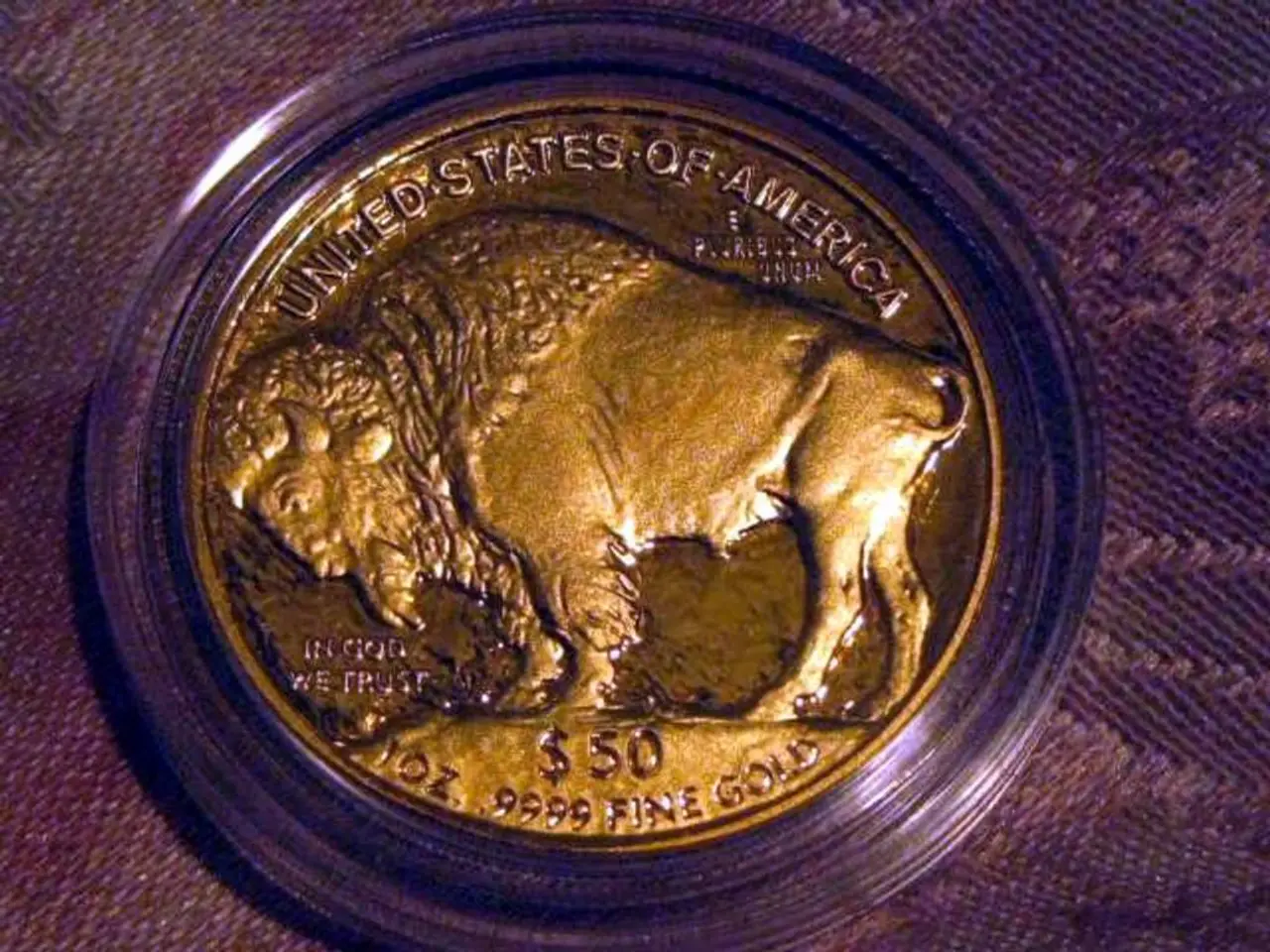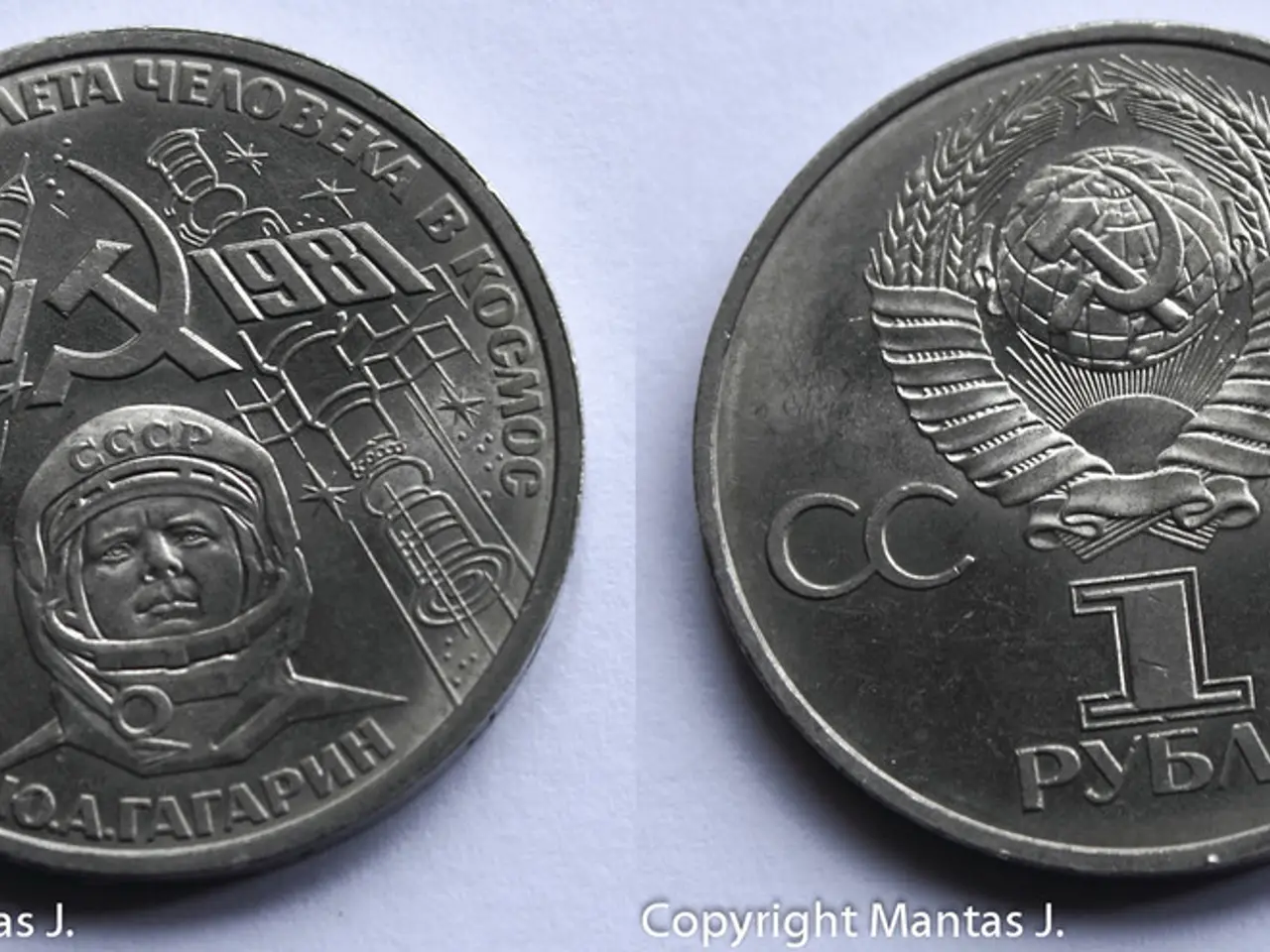UK's Highest Court Recognizes Post-Sale Confusion as Significant in Trademark Infringement Cases for the First Time
## UK Supreme Court's Decision in Iconix v Dream Pairs: A Landmark Moment for Trade Mark Law
The UK Supreme Court's recent ruling in **Iconix Luxembourg Holdings SARL v Dream Pairs Europe Inc** has brought significant changes to the UK's trade mark law, particularly in relation to the role of **post-sale confusion** in trade mark infringement cases[1][2][3].
## Key Legal Developments
- **Post-sale confusion remains relevant**: The Supreme Court confirmed that post-sale confusion—confusion that arises not at the point of purchase but later, when a third party sees the product in use or in public—can be sufficient to support a finding of trade mark infringement under section 10(2)(b) of the Trade Marks Act 1994[1][2][3]. - **Reversal of the Court of Appeal**: The Supreme Court overturned the Court of Appeal’s decision, reinstating the trial judge’s verdict. Importantly, it clarified that the presence of post-sale confusion does **not automatically mean infringement**—each case requires a multifactorial assessment of similarity and confusion in context[1][4]. - **Judicial restraint**: The Supreme Court emphasized that appeals courts should not substitute their own assessment of similarity and confusion for that of the first-instance judge, unless there is a clear error of law or irrationality. Here, the Court found the trial judge’s analysis reasonable and not subject to the criticism leveled by the Court of Appeal[1][2][3].
## Practical Implications for Trade Mark Owners and Competitors
- **Broader scope for infringement claims**: Brand owners can still argue that post-sale contexts (e.g., products seen in use, from a distance, or at an angle) give rise to confusion, even if the marks are not confusingly similar at the point of sale[2][3]. - **Fact-intensive, context-specific analysis**: Courts must examine the actual use of the mark in post-sale environments, considering factors such as angle, distance, and the nature of the viewing experience. There is no presumption in law that post-sale similarity will always increase confusion[1][3]. - **Evidential burden**: Allegations of post-sale confusion must be supported by clear evidence that a “significant proportion” of consumers would be confused in real-world scenarios, not just in side-by-side comparisons[2][3]. - **Judicial deference**: Unless a trial judge’s assessment is fundamentally flawed, appeal courts are less likely to overturn their factual findings, especially where reasonable minds can differ[1][4].
## Summary Table
| Aspect | Trial Judge (High Court) | Court of Appeal | Supreme Court (Final Decision) | |-------------------------------|----------------------------------------------|-----------------------------------------------|-----------------------------------------------| | Similarity & Confusion | Very low, no infringement | Moderately high, likely confusion (post-sale) | Very low, reinstated trial judge’s ruling | | Post-Sale Confusion Relevance | Considered, not determinative | Central to infringement finding | Relevant, but not automatically determinative | | Standard of Review | N/A | Substituted own assessment | Deferred to trial judge’s reasonable analysis |
## Background
- The dispute in question is between Iconix, the owner of the Umbro brand, and Dream Pairs[5]. - Iconix holds UK registered figurative trade marks for its "double diamond" covering goods in class 25, including articles of clothing[6]. - Dream Pairs challenged the Court of Appeal's conclusion at the Supreme Court, arguing that the Court of Appeal was not entitled to remake the infringement decision itself[10].
## Significance of the Decision
- The Supreme Court's decision emphasizes the importance of considering post-sale contexts when creating new logos to avoid potential infringement, particularly for 2D shapes[16]. - This judgment is expected to reduce the number of cases where the Court of Appeal or UKIPO appeal tribunals overturn multifactorial assessments[15]. - The Supreme Court's decision serves as a reminder that appellate courts should not intervene just because they would have reached a different conclusion[19]. - The Supreme Court's decision in Iconix v Dream Pairs clarifies that realistic and representative post-sale circumstances can be taken into account when determining trade mark infringement[2]. - The judgment in Iconix v Dream Pairs widens the scope of protection for registered trade marks, potentially leading to an increase in the deployment of post-sale confusion arguments[4]. - The Supreme Court's decision highlights the need for brand owners to think carefully about how a competing mark is perceived in the real world, such as when a product is being worn, to rely on post-sale confusion and potentially increase their scope of protection[18]. - The Supreme Court's decision could embolden brand owners to challenge lookalike products based solely on post-sale confusion, especially in industries where logos are less static when the product is in use[17].
## Conclusion
The UK Supreme Court’s decision provides clarity on the role of post-sale confusion: it remains a **legally recognized form of confusion** that can ground a trade mark infringement claim, but each case must be determined on its facts, with a careful assessment of actual consumer perception in real-world contexts[1][3]. This restores a measure of predictability for trial judges and litigants, while cautioning against over-expansive readings that would shift the inquiry away from a balanced and evidence-based approach[1][4].
- In light of the Iconix v Dream Pairs decision, intellectual property owners may need to financially invest in comprehensive understandings of how their trademarks are perceived in post-sale contexts to bolster potential infringement claims.
- The UK Supreme Court's ruling indicates that in instances of post-sale confusion, businesses must carefully consider and protect their intellectual property, particularly in sectors where product logos are dynamic during use.




